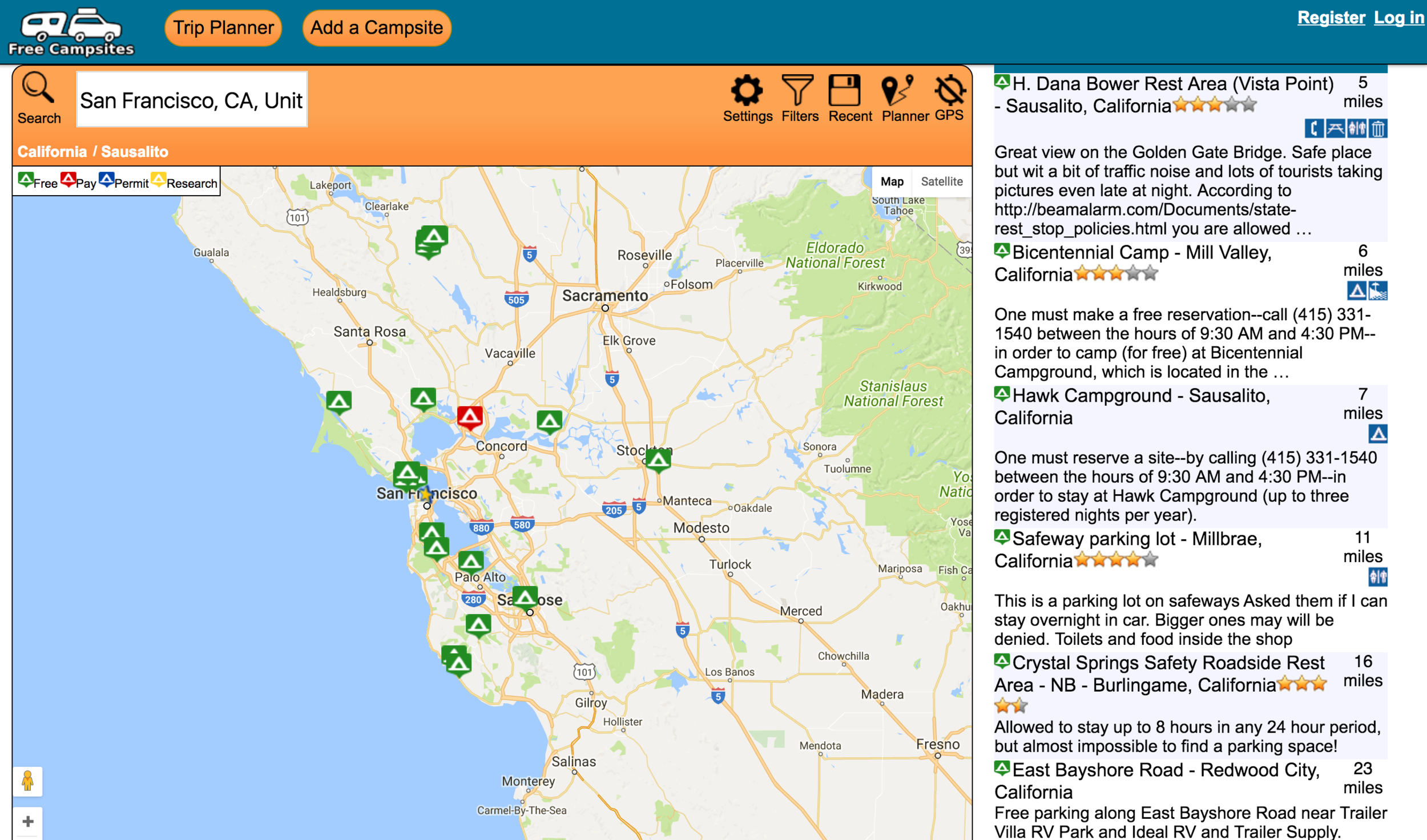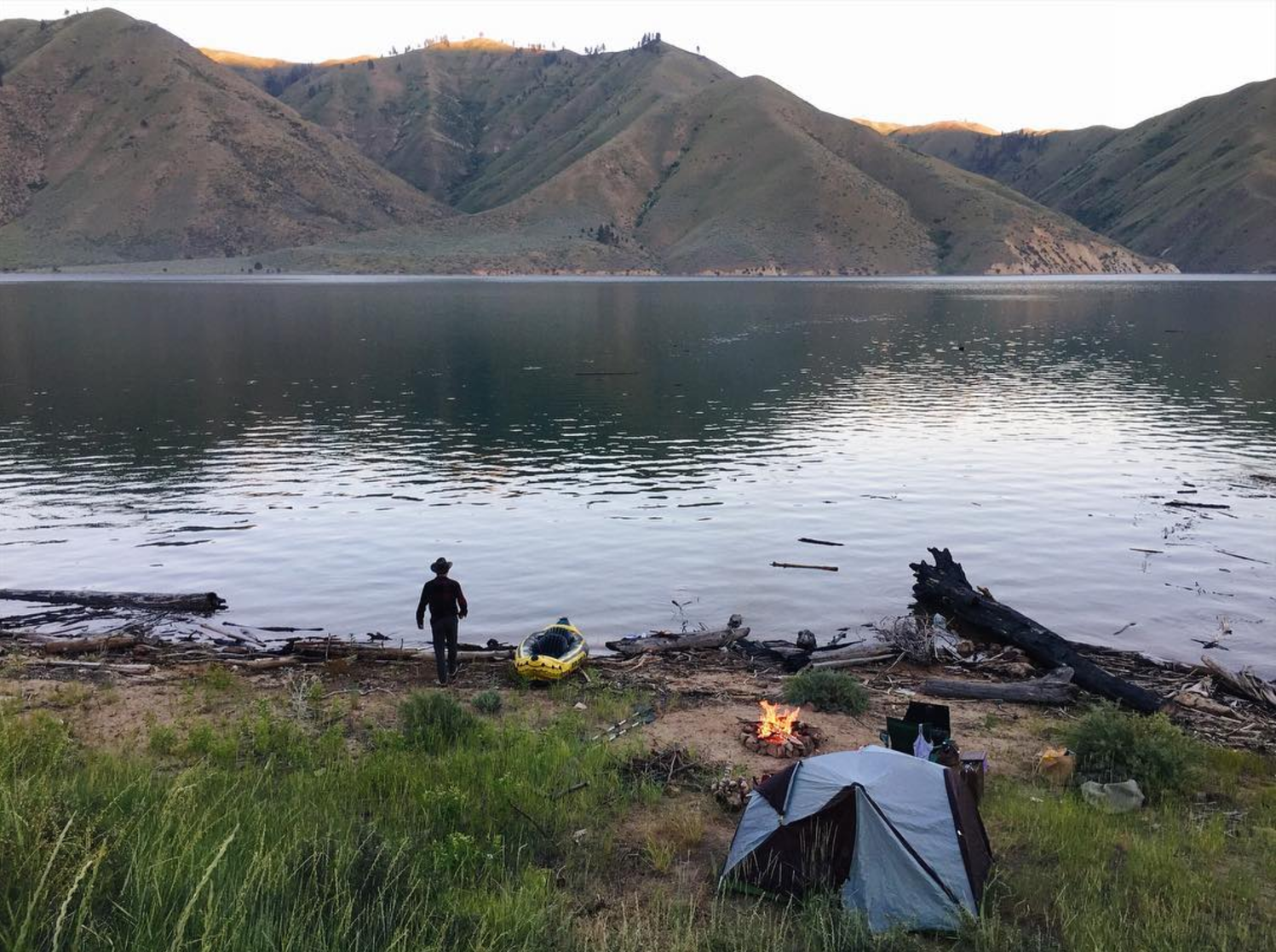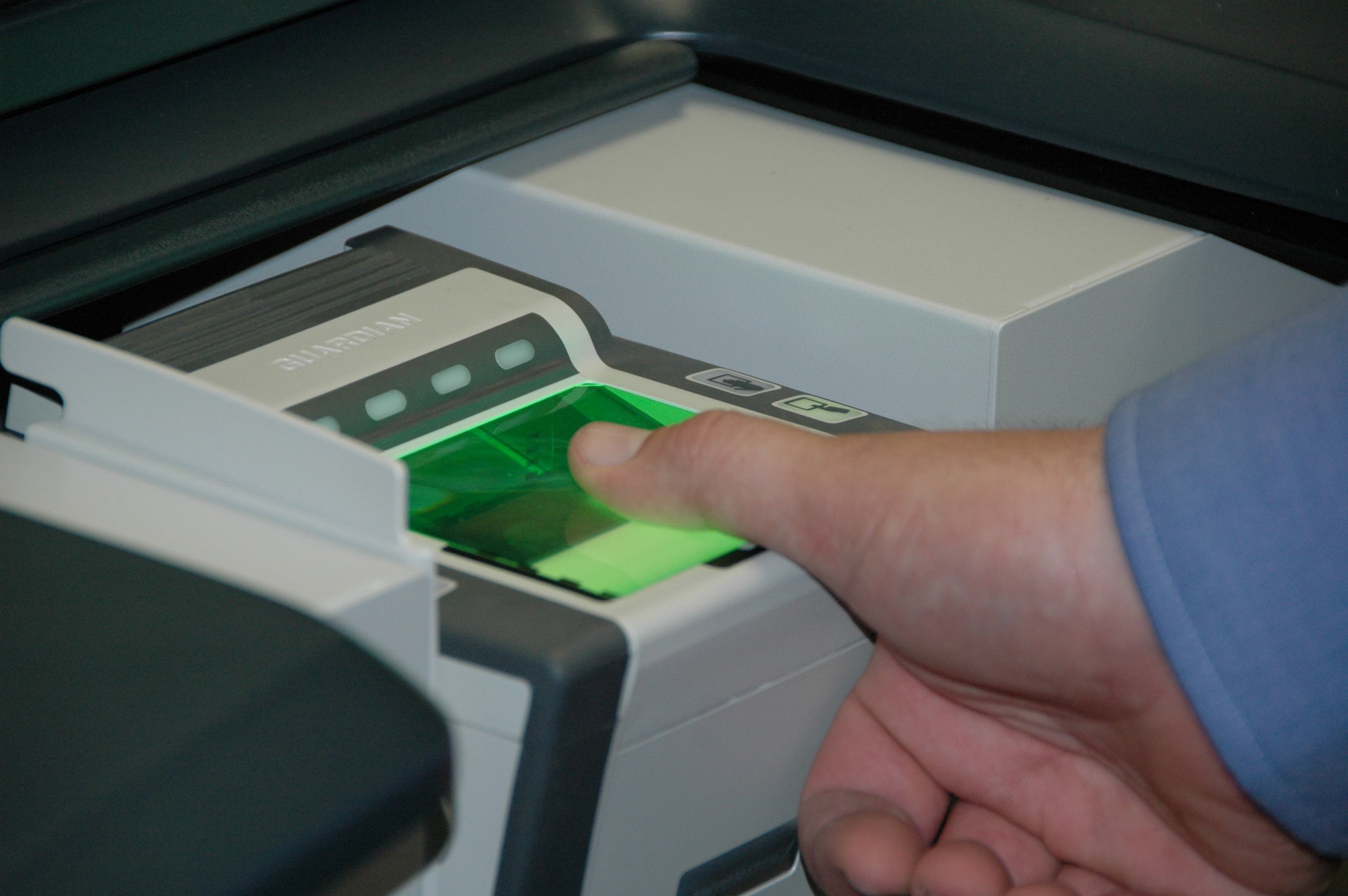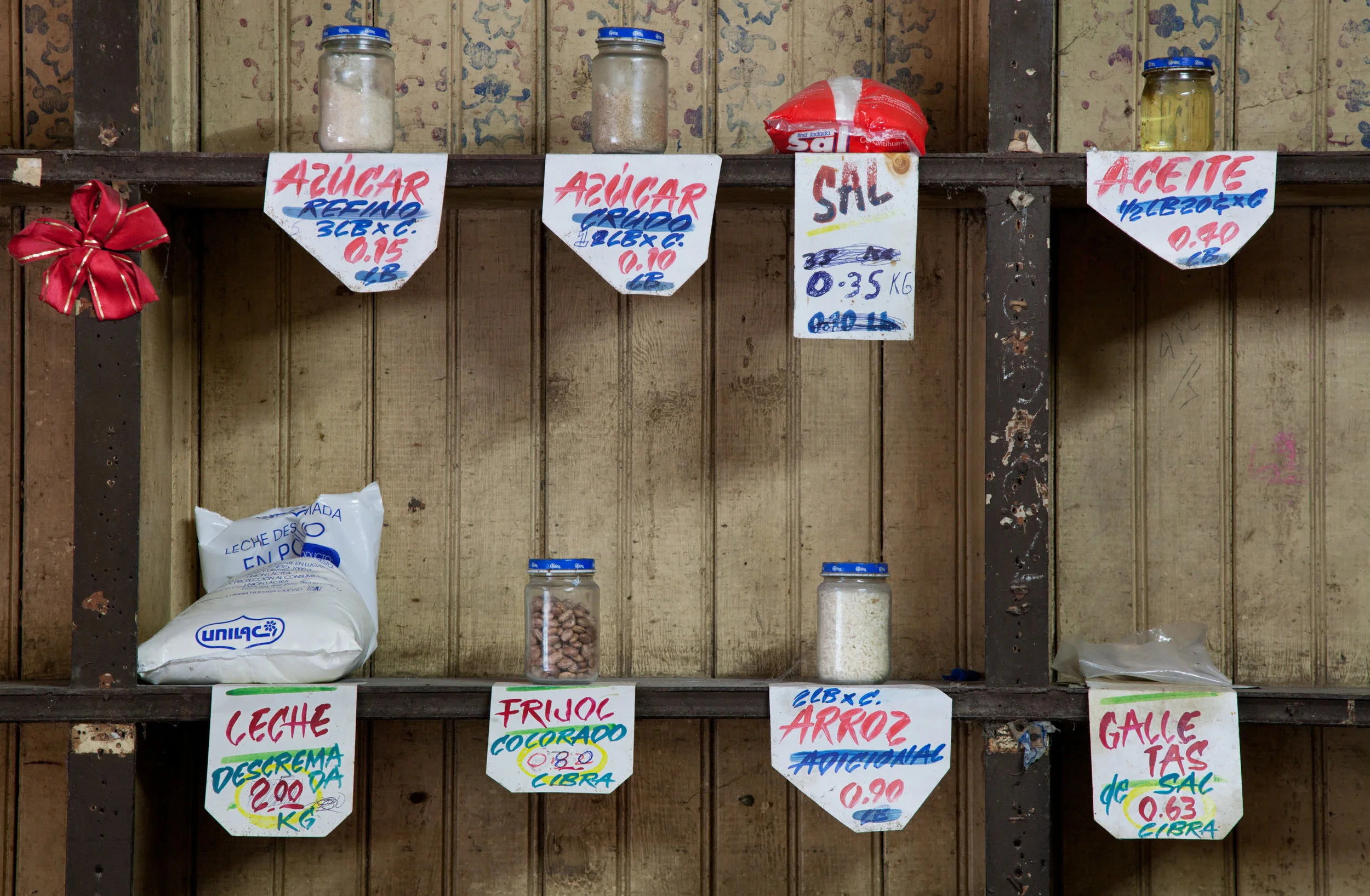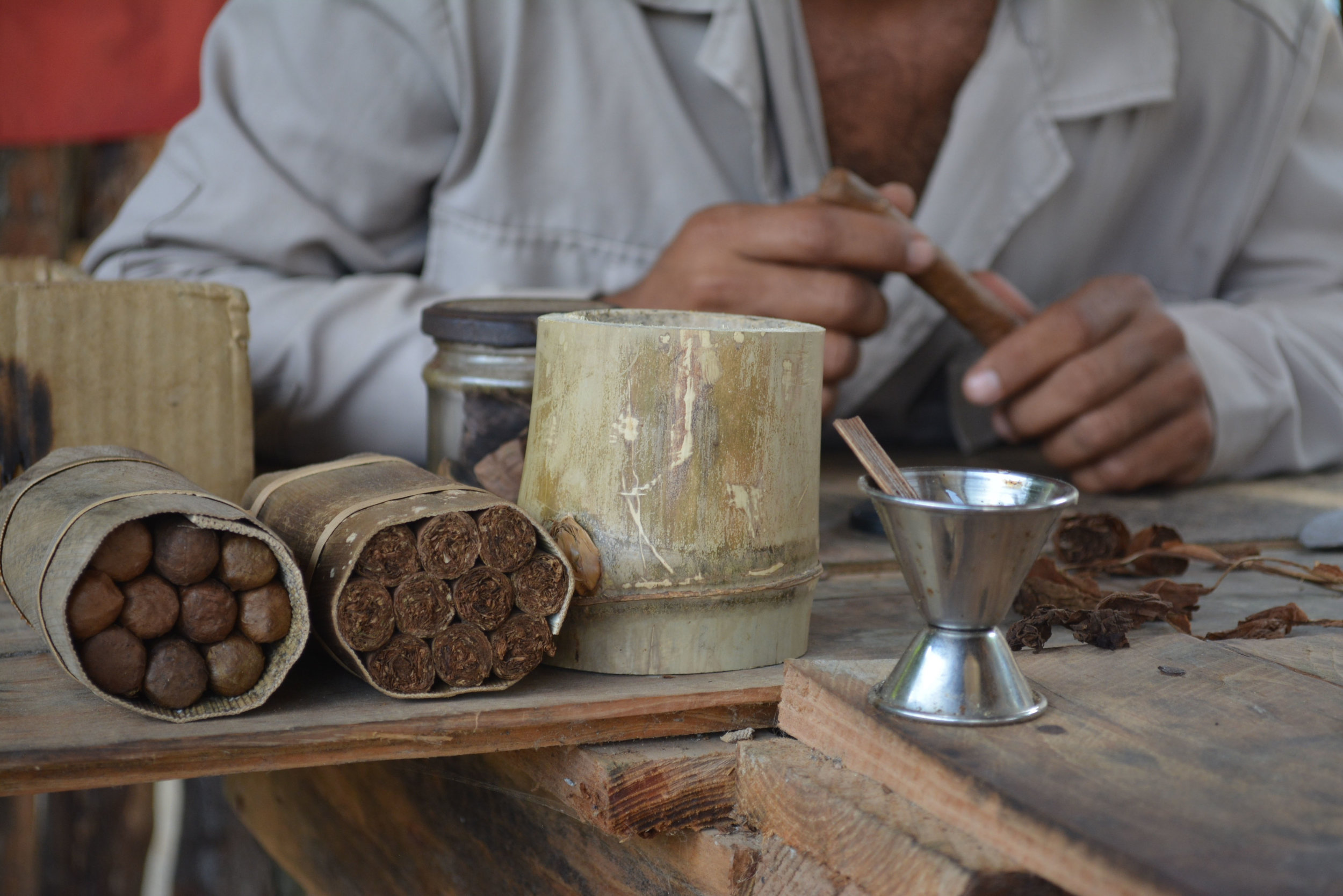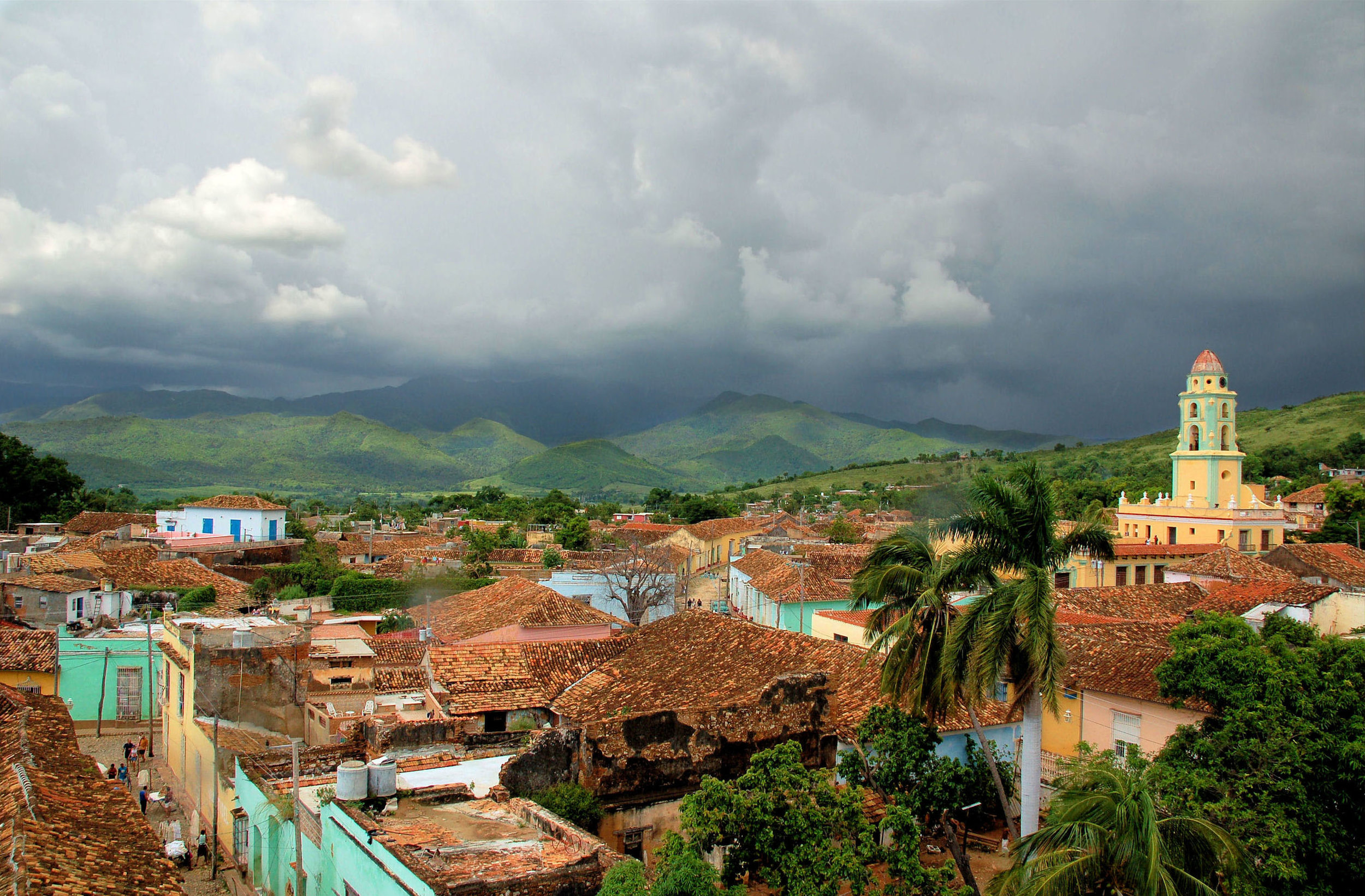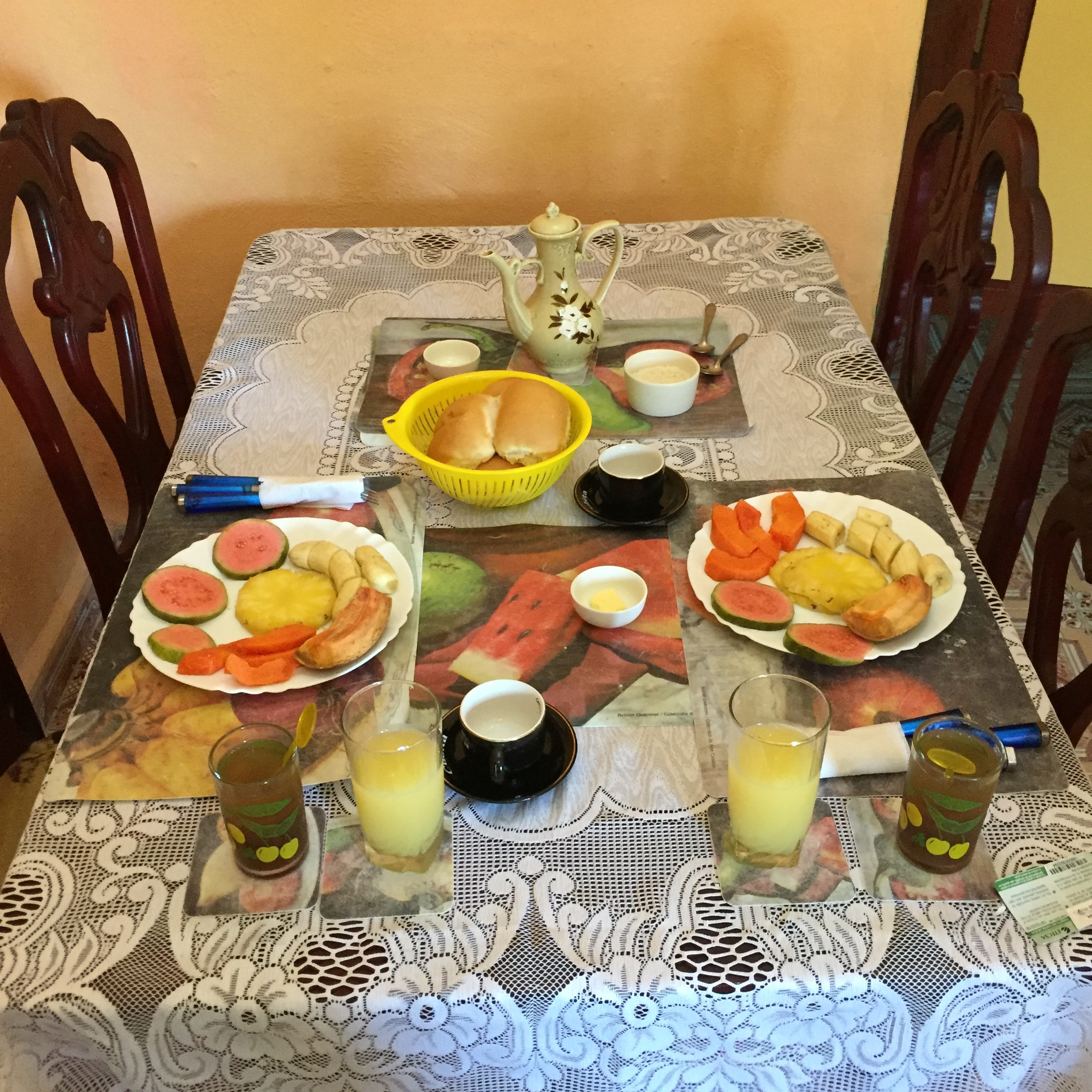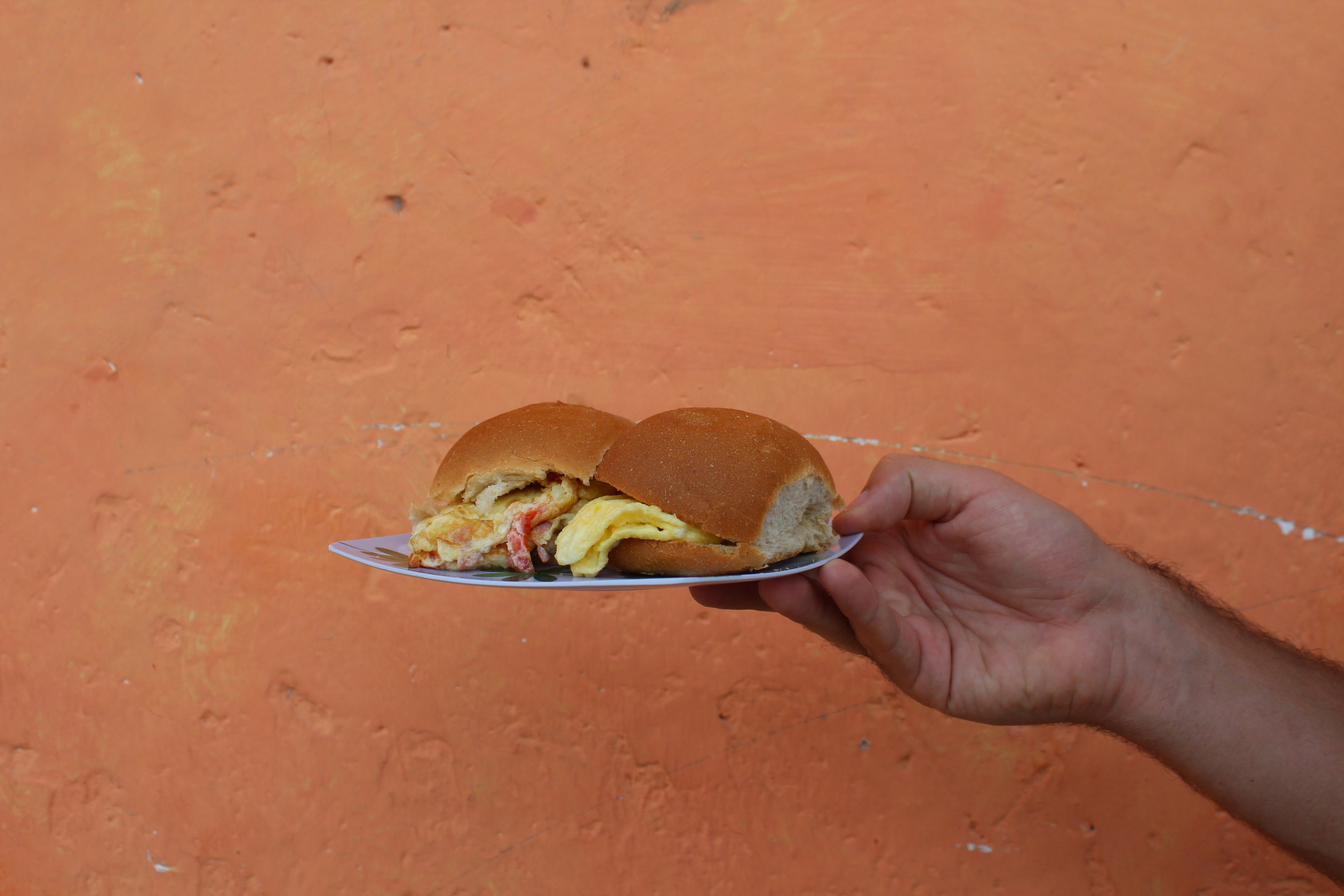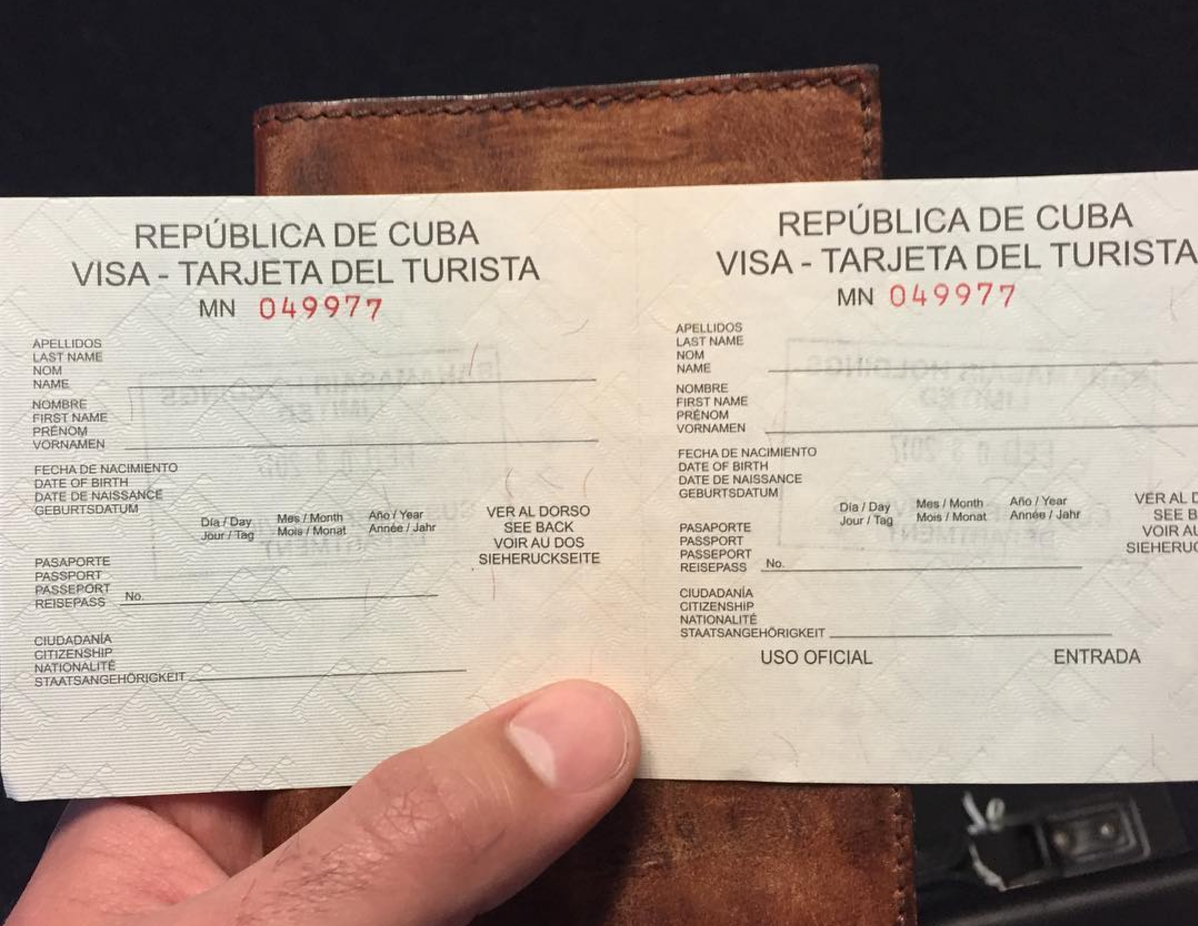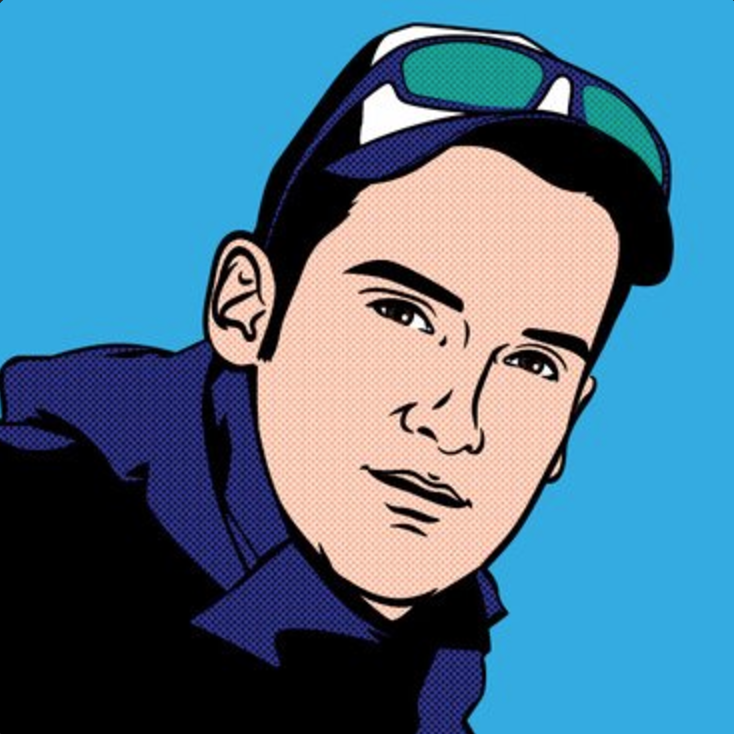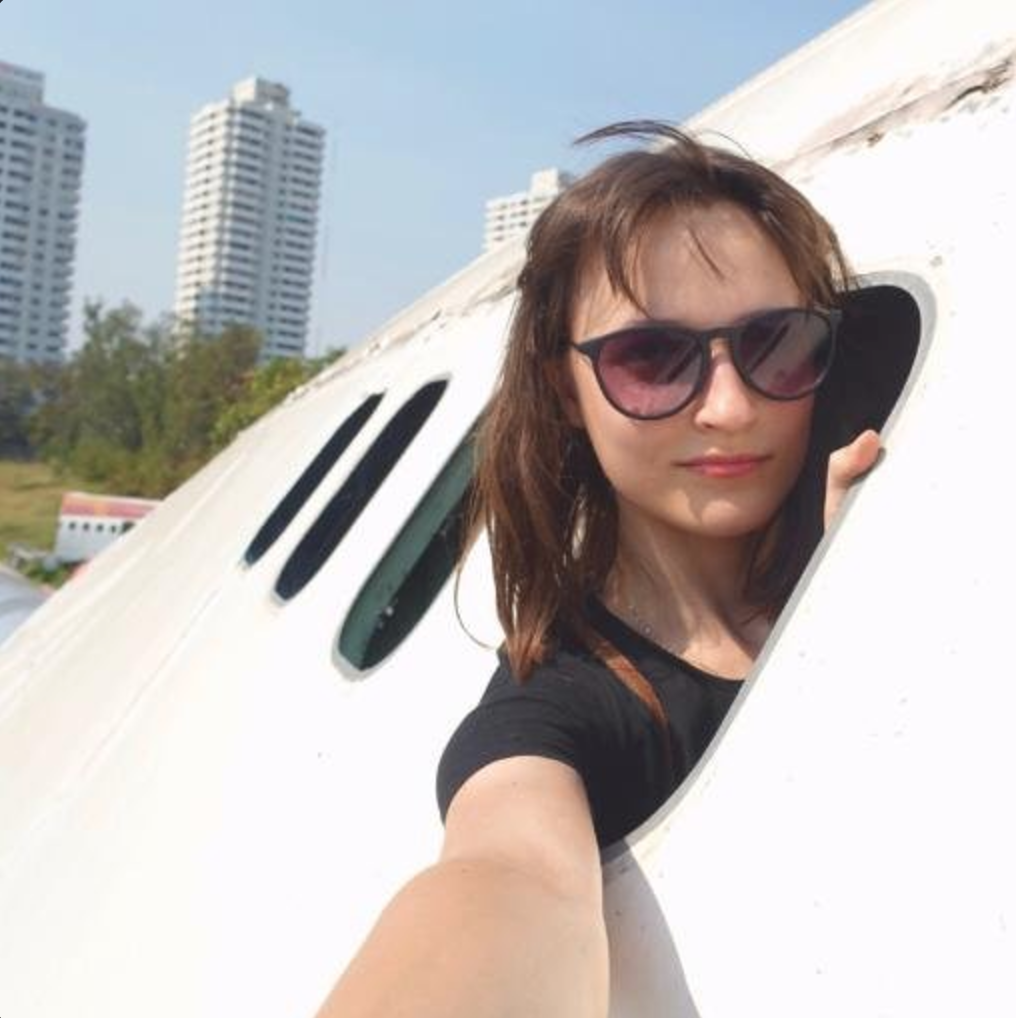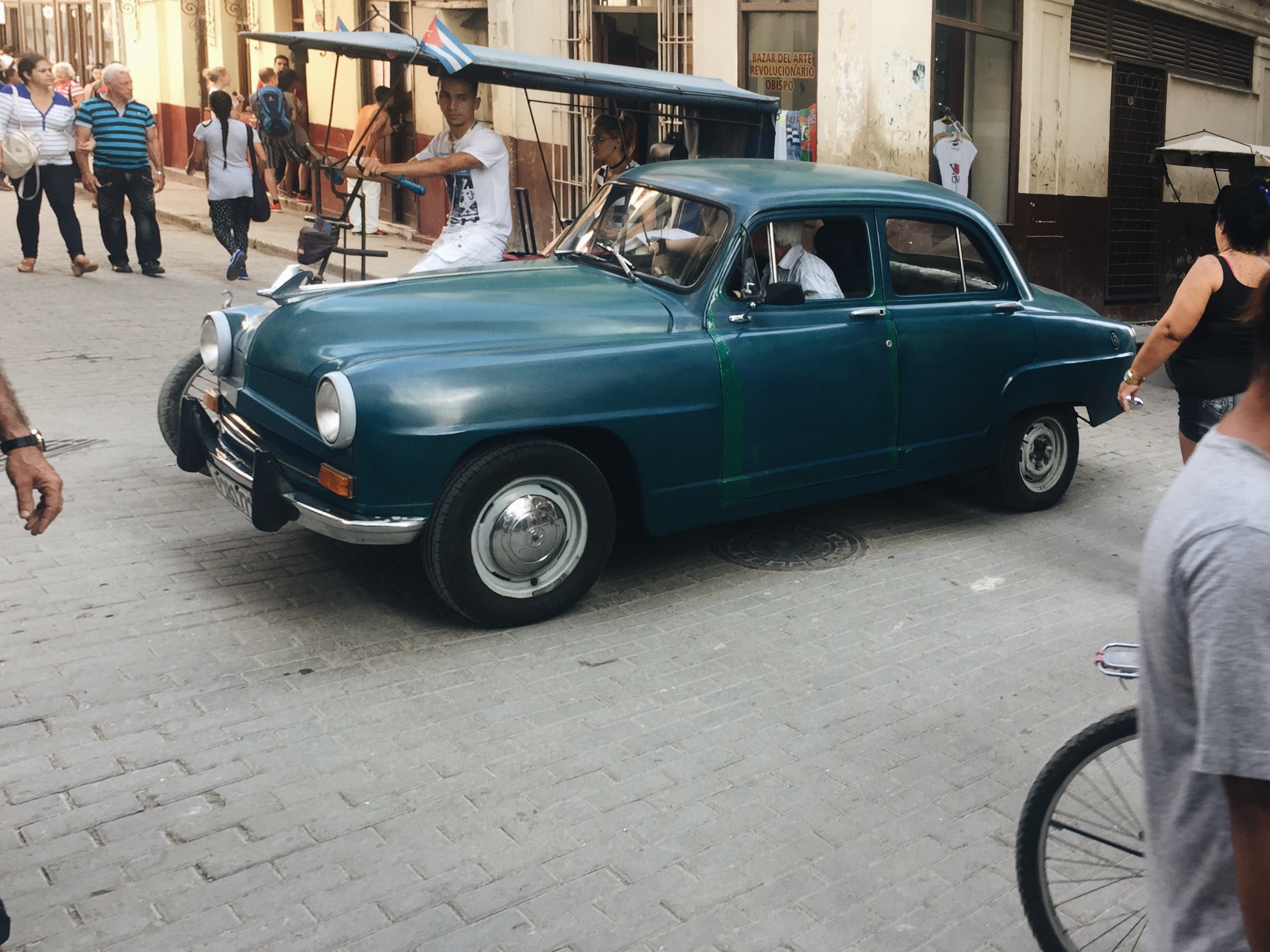With no camping gear, equipment or firewood, I went on a trip for less than $50. Click play below to hear the episode:
EPISODE TRANSCRIPT:
In between some of my big travels, like to Cuba or Iceland, I like to take smaller more affordable trips like camping. Which is always fun and can save me money for my next adventure. I’m going to show you how to go camping for under $50.00, even if you don’t have any camping equipment.
So, I’m starting off with the essentials here, like a jacket, beanie, pants, boots, etc… What I don’t have is your typical camping gear, like a tent and a sleeping bag. I’m also going to need a cooler and a stove for all my food.
I went online, did some research, and found Lisa Rowan from The Penny Hoarder, a website that offers tips to save money and make money. They have articles like, Where to Get Free Donuts on National Donut Day, How To Make Money Selling Your Plasma, and Get the Vacation You’ve Been Craving: Go Camping. That last one, Lisa wrote.
"I didn’t think I’d like camping," Lisa said, "If you look at any of my dating profiles from the past couple of years, it would say that I love the great in doors, and that we should not go outside. I’m a flushed toilets kind of girl."
Lisa gave camping a shot to see if she’d like it, and now she’s hooked.
"I felt like a new person after going camping this spring," Lisa told me. "It was so peaceful to not have to pick up my phone every time it dinged, because it wasn’t dinging at all. And now I’m realizing that if I really want to unplug, camping is the perfect way to do it."
It’s also very affordable, which is what I wanted to talk to Lisa about. She told me that one easy way to save money camping, is to borrow equipment.
"Yea, the sharing economy is great in this case, I mean the old fashion sharing economy where you just borrow things from your neighbors."
I don’t know many of my neighbors, because I’m kind of new to my neighborhood, but one easy way to connect with people who live close by is through a website called Nextdoor.com. It’s a social network for your neighborhood. Here you can post things about your neighborhood, like if you lost your dog or need recommendations for a dentist. Or you can ask people if you can borrow things.
"If you’re not a super outdoors person and you don’t know how often you’re going to camp or if you live in a small space like me without a lot of storage room, then being able to take the extra hour or two, pick things up from someone who’s willing to share them." Lisa says, "A lot of times people just want their stuff to get used all the time. So they’re happy to share."
Would they be happy to share? I gave it a shot and went to Nextdoor.com to see if I could borrow some gear from a neighbor. I already had an account setup, so I just logged in and posted under the 'General' category. I need to see if I can get a camping stove, a tent and a sleeping mat.
Within an hour I got a response from a woman named Barb, she wrote that she has, “everything that I need. And to get in touch with her.” I sent her a quick email and we set up a time to meet up.
Barb lives a 3-minute drive from my house. When I got to her house she showed me all the gear she had. She didn’t have a sleeping mat, instead she had something better.
"This is the queen size air mattress. And this is, these are all the things I use to blow it up," she said.
Barb was super nice, and beside loaning me the tent, mattress, and stove, she loaned me some extra gear, like a large jug for storing water and a solar light.
There were still more things I would need that I considered buying, so I went to a local thrift shop to see what I could find.
I think I got lucky because I found a small blue cooler that was perfect for what I needed. It's an old model, like one they don’t make anymore, but it’s in great condition, and it’s only $4.00. I even found a gallon sized insulated jug, with a drinking spout at the top. Normally I wouldn’t buy something to drink out of at a thrift store, but this one was really clean and it looks identical to the one my parents had growing up. I remember them filling it up with iced tea and taking it to the beach with us, so it’s kind of a nostalgia thing for me too, and it’s only $3.00, so I bought it. I made sure to clean them out with a lot of soap and water.
I also found a decent sleeping bag. Again it looks old, but it doesn’t look like it's been used much. It’s only $5.00, and all I need to do is wash it and I should be good to go.
I had only spent $12.00 so far and had all my essential camping equipment. Next I'd need to get food. Lisa told me I should get it all before hand.
"A lot of places you’re going to find a camp store to help you with those last minute needs or those cravings," she says. "You have to remember that this stuff is marked way up. It’s like packs of hotdogs, all the ingredients for s’mores. So if you can avoid spending money there, it’s all the better for the affordability of your camping trip."
She said the stuff there can be expensive, because camp shops are often very far from a regular grocery store. She’s right, I went to one on the way to my campsite to check out the prices.
I found a bag of chips for $5.99, marshmallows for $4.99, and a Hershey’s bar for $2.99. And the store clerk was looking at me wondering why I was talking into a microphone. I didn't tell him I was doing a podcast episode about camping that you should totally listen to because it's way better than reading! You can subscribe to it here on iTunes, Stitcher, Acast, or where ever you're getting your podcasts. Or hit play below:
I’m glad I went to the grocery store near my home. I got all the food I needed, as well as a small propane tank for the stove. The only thing I didn’t buy there was firewood. Everybody knows you can’t go camping without having a proper campfire, but $4.99 for a small bundle of wood seemed too expensive.
I don’t like being stingy with my firewood. I'm the kind of person that would have a bonfire if I could, but I wasn’t going to spend $20.00 on wood alone. So, I thought I’d check out Craigslist in the ‘free’ section to see if anyone was giving away firewood. I typed ‘wood’ in the search bar to see what came up. I found a listing that says 'Scrap/firewood,' and it read: 'Cleaned up the yard… lot’s of firewood!!! please take!!!' They had a picture of the wood and an address where it was located, so I hopped in my car and drove over.
When I pulled up I saw a decent pile of wood next to the curb and loaded as much of it as I could into my car. One important thing I should mention: you should never transport firewood more than 50 miles from where you got it. This prevents invasive bugs living in the wood, from moving into an area they're not supposed to be.
I didn't take any fancy cooking gear or utensils, just a kettle and a pot from my kitchen. The last thing I needed to do was find a place to camp. Lisa said you can do this all online.
"It’s all at your finger tips now. The web is so informative when it comes to different campgrounds and parks."
She said that there are lots of resources online to camp at places you may not had even realized had campsites.
"It’s cities, counties and state parks too. Think of any jurisdictions basically. It can be a place near you that’s going to have really reasonable rates on campsites."
I did a search online and found some of these campsites to be really affordable, like $10.00 a night. You can also check out your state parks website to see if they have any discounts, many offer free entrance to seniors and veterans. Some even have free campsites for anyone, which is what I wanted to find. I came across a website called Freecampsites.net
All you do is type in your city or zip code and it shows you on a map, the nearest free campsites. I found one on a lake, only a 45-minute drive from where I live. So I packed all my gear and headed out.
Free campsites are probably packed during holidays like Memorial Day or the 4th of July. So it’s best to go on a regular weekend, or a weekday if you can.
I found a site only a few feet from the lake. It’s beautiful, mountains all around, and I’m far enough from other campers to have some privacy. I couldn’t believe I didn’t have to pay for this. This was probably one of the best campsites I’ve ever stayed at.
Here, I have no cell service, and like Lisa said earlier, it can feel really nice to unplug. Some people don’t really like camping, and I get it, it's not for everyone. In fact, in many cultures, camping isn’t something you do for fun. If you’re sleeping outside, you’re either lost or homeless.
Recreational Camping didn’t start until about the late 1800s, in the days of the American West. Miners, cowboys and other early settlers lived in tents. Before Colorado officially became a State, there were small towns made up of dozens and dozens of tents. Pictures and drawings of these places eventually made their way back east to the cities of New York, Boston, and Philadelphia.
At this point in the 1890’s, the Western Frontier was popularized by Cowboys like Buffalo Bill and outlaws like Billy the Kid. Artists like Frederic Remington and writers like Jack London glorified the rugged Western lifestyle. This permanently changed American culture, with kids wanting to be cowboys, or sheriffs, and people wanting to see the Western Saloons for themselves.
They also wanted to spend some time under a tent. They wanted to build a fire and get in touch with nature.
Today there are over 30 different brands of sleeping bags. There are tents for one person and tents for 12 people. There’s the concept of Glamping which is basically glamorous camping, no tent or sleeping bag required.
Either way you do it, it’s nice to take a short break, and unplug for a bit, while you’re waiting for you next vacation.
GEAR LIST:
Everything on this list has 4 out of 5 stars or more. I own or have used this gear myself:
Propane (gas for the stove)
Reusable Ice Packs (instead of buying ice)
Large Water Jug (for extra water)
Tent (for 4 people)
Mexican blanket (love this thing!)
Rechargable Battery Pack (I use this all the time)
Here's your last chance to listen:
Leave us a comment if you have any tips of your own. Or if you just want to say, 'hi'.
